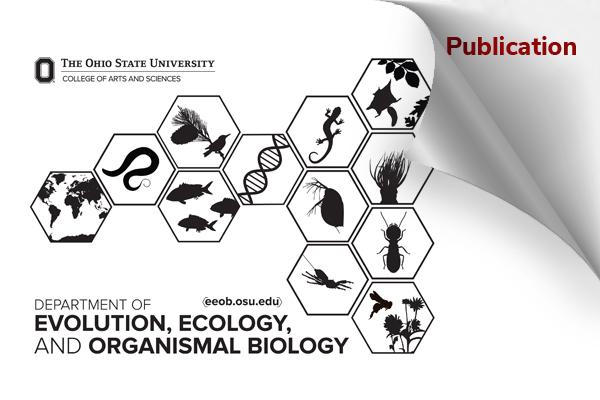EEOB Publication - Adams & Goes

Gardening strategies of termite farmers
Termites use microbe-infused soil to protect a fungal symbiont
Aryel C. Goes and Rachelle M. M. Adams. Science, 25 Sep 2025, Vol 389, Issue 6767, pp. 1291-1292. DOI: 10.1126/science.aeb571
Long before humans began cultivating wheat or corn, social insects (i.e., ants and termites) had already developed agricultural practices. For example, the termite Odontotermes obesus evolved a symbiotic relationship with the fungi Termitomyces, which serves as its food source. In return, the termites build a nest that protects the fungal comb, or “garden.” These insects are therefore driven to increase the yield of their garden by exhibiting behaviors such as garden feeding, habitual planting, altering the garden environment, and harvesting. Just as humans protect gardens and crops from pests, fungus-farming insects likewise have pest management strategies. On page 1366, Panchal et al. report how fungus-farming O. obesus leverages fungicide-releasing microbes to suppress the pathogenic fungi Pseudoxylaria. The finding points to the convergence of gardening practices among distantly related organisms and reveals an expansion of the O. obesus symbiotic species network to include fungistatic microbes.
